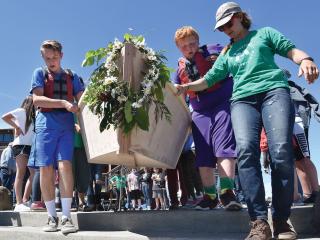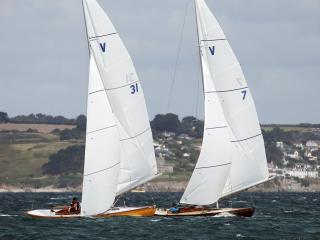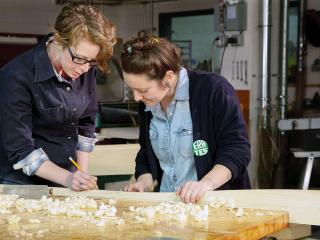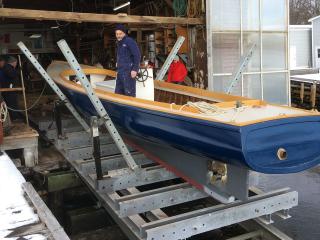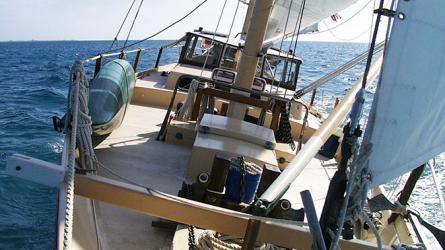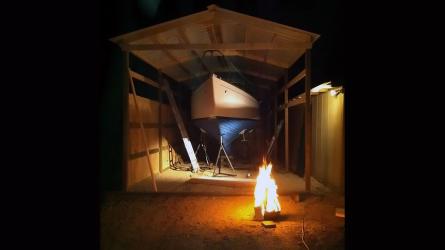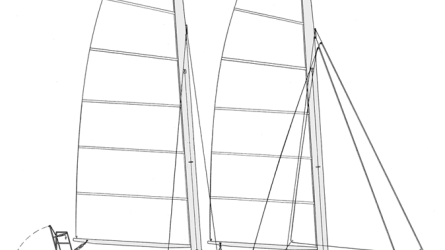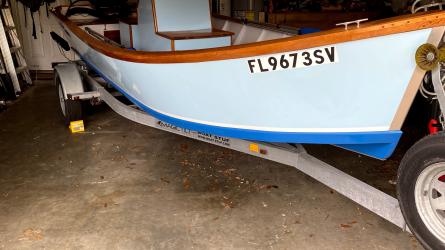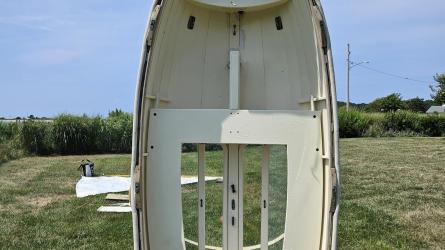May / June 2020
LIVELY LADY
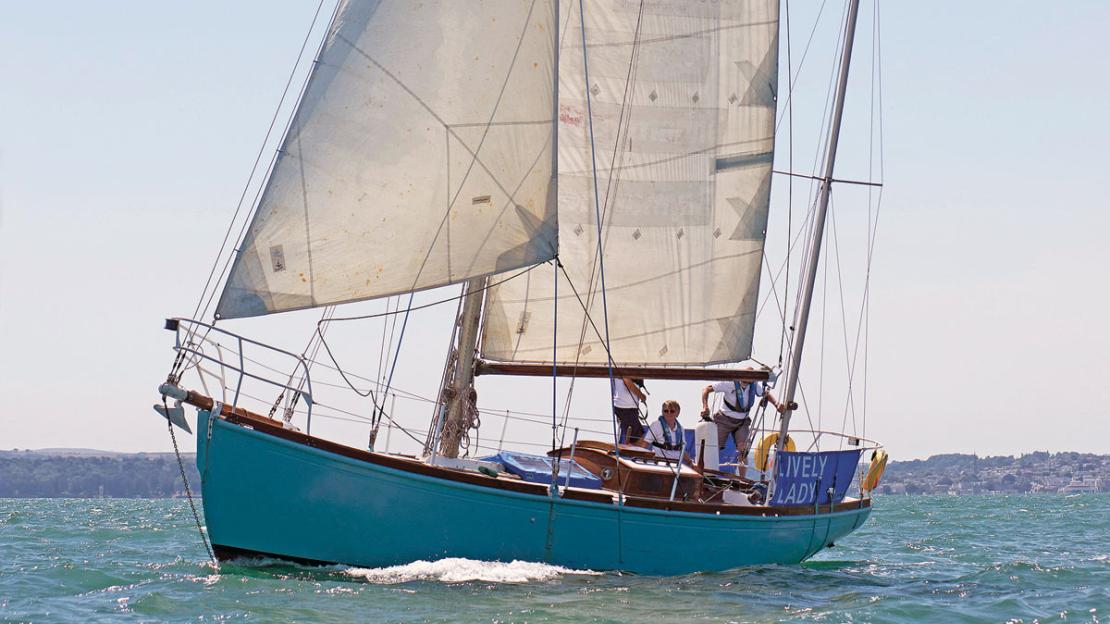
The 36′ cutter LIVELY LADY was designed by Fred Shepherd and built in Calcutta, India, where she was launched in 1948. Despite—or, perhaps, because of—the fact that she was 5.2 tons heavier than her designed weight, she was the ideal yacht in which Alec Rose made a pioneering solo circumnavigation starting in 1967.
It’s strange but true: sailing on a famous boat can make you feel like Paul McCartney. Over the past five decades, the ex-Beatle has developed a cool persona to deal with the constant attention of adoring fans: he acts calm, smiles faintly to acknowledge the crowds, and carries steadily on his way. Inside, he’s obviously thinking, “Wow, I’m Paul McCartney! How cool is that?” But he keeps that to himself. So it was sailing down Portsmouth Harbour toward The Solent on LIVELY LADY. Every few seconds other boats would pass by and their crews would point, wave, and give their thumbs-up to show their unbridled delight. We would smile back and wave modestly, acknowledging their attention while not encouraging any further interaction. Inside, I was thinking, “Wow, I’m sailing on one of the most famous yachts on the planet! How cool is that?” But I kept that to myself.
For make no mistake, 50 years after her historic circumnavigation, LIVELY LADY is still recognized all over the world.
“When we were in Canada, we had people knocking on the deck at three in the morning to look at her,” says Steve Mason, who co-skippered the yacht during her 2006–08 circumnavigation. “When word got out that you could actually go down below, everyone wanted to come on board.”
To read the rest of this article:
Click the button below to log into your Digital Issue Access account.
No digital access? Subscribe or upgrade to a WoodenBoat Digital Subscription and finish reading this article as well as every article we have published for the past 50-years.
ACCESS TO EXPERIENCE
2-for-1 Print & Digital Subscription Offer
For this holiday season, WoodenBoat is offering our best buy one, get one deal ever. Subscribe with a print & digital subscription for $42.95, and we’ll give you a FREE GIFT SUBSCRIPTION to share with someone special.
1 YEAR SUBSCRIPTION (6 ISSUES)
PLUS ACCESS TO MORE THAN 300 DIGITAL BACK ISSUES
PRINT+DIGITAL $42.95
Subscribe
To read articles from previous issues, you can purchase the issue at The WoodenBoat Store link below.
 Purchase this issue from
Purchase this issue from
